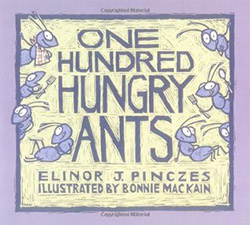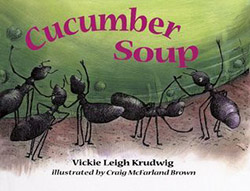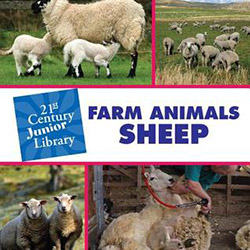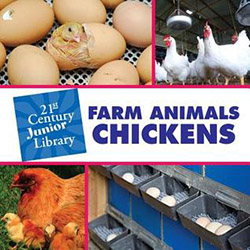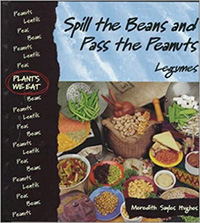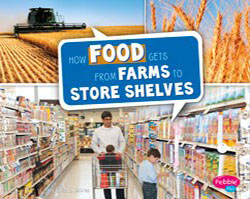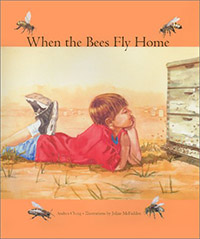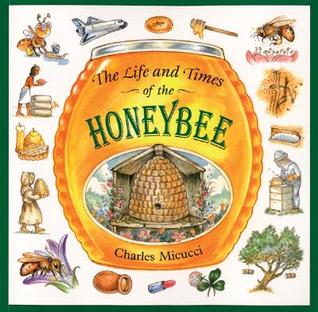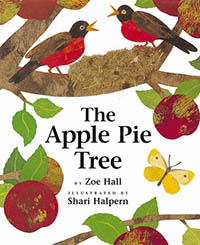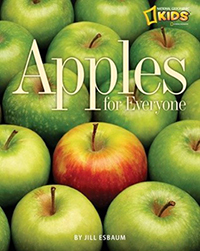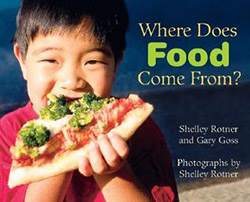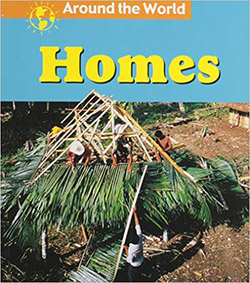Information about honeybees has never been more interesting. The text and illustrations perfectly complement one another in a concise presentation of facts about the insects both within and outside the hive. Their physical characteristics, division of labor, and role in pollination are fully described. Additional fascinating facts about a bee's year-round activities, the job of the beekeeper, the many products that contain beeswax, and ways honey has been used throughout history are included. Even the "tail-wagging dance" that directs bees to flower locations is simple to follow. There is no index, but a table of contents leads to specific topics. A book that is right on target for young readers.
